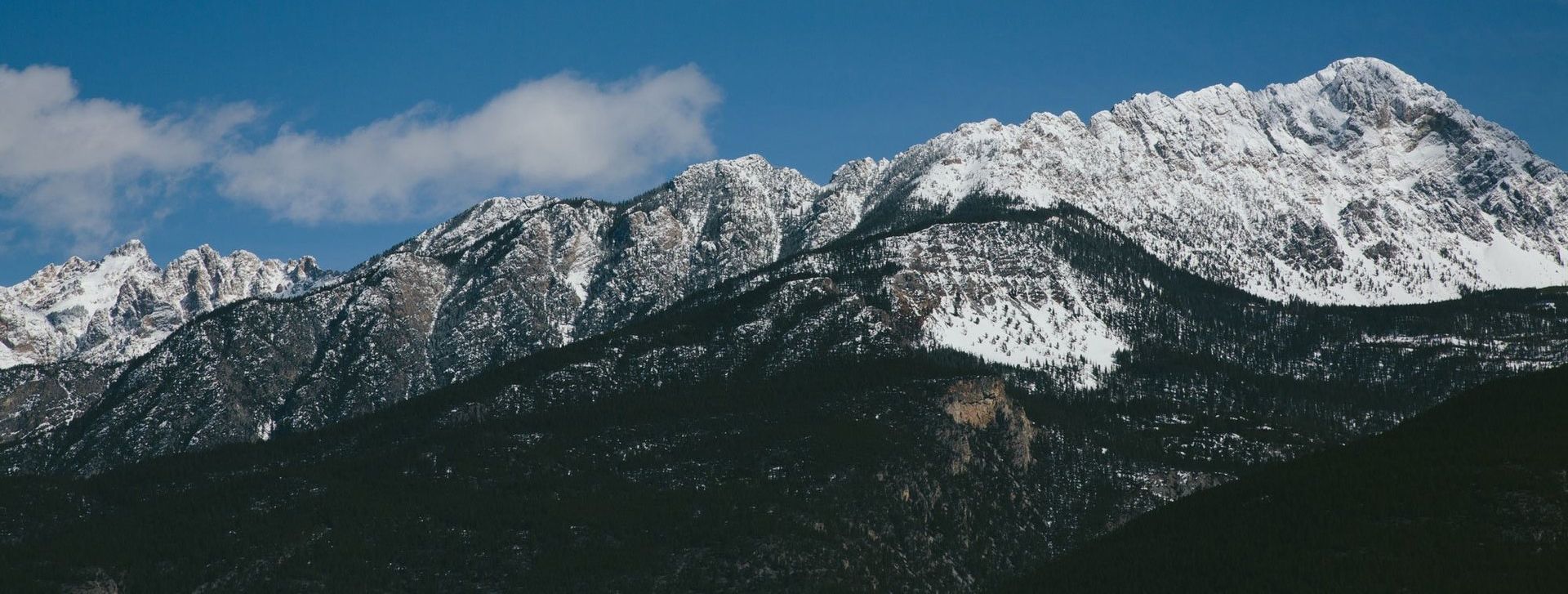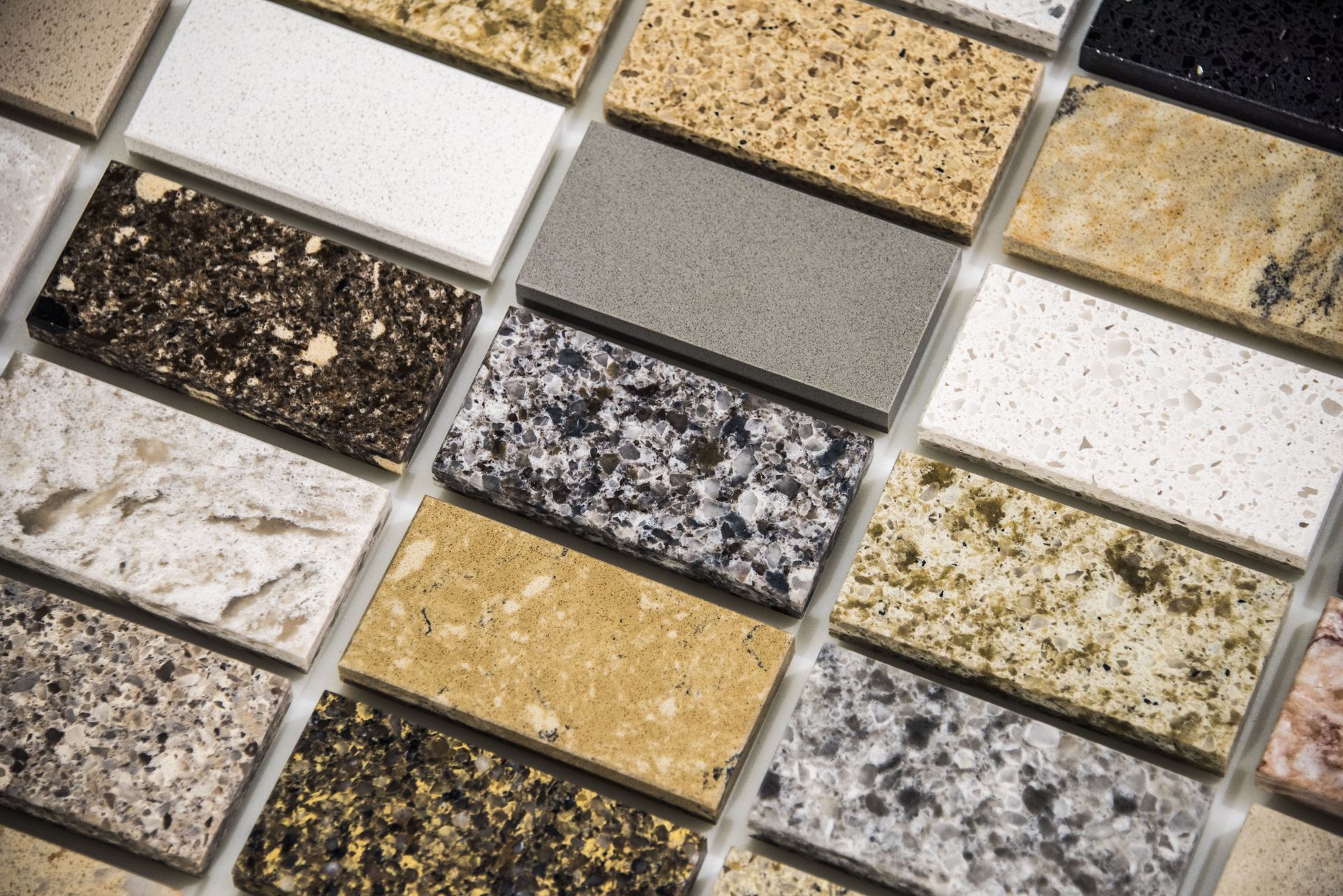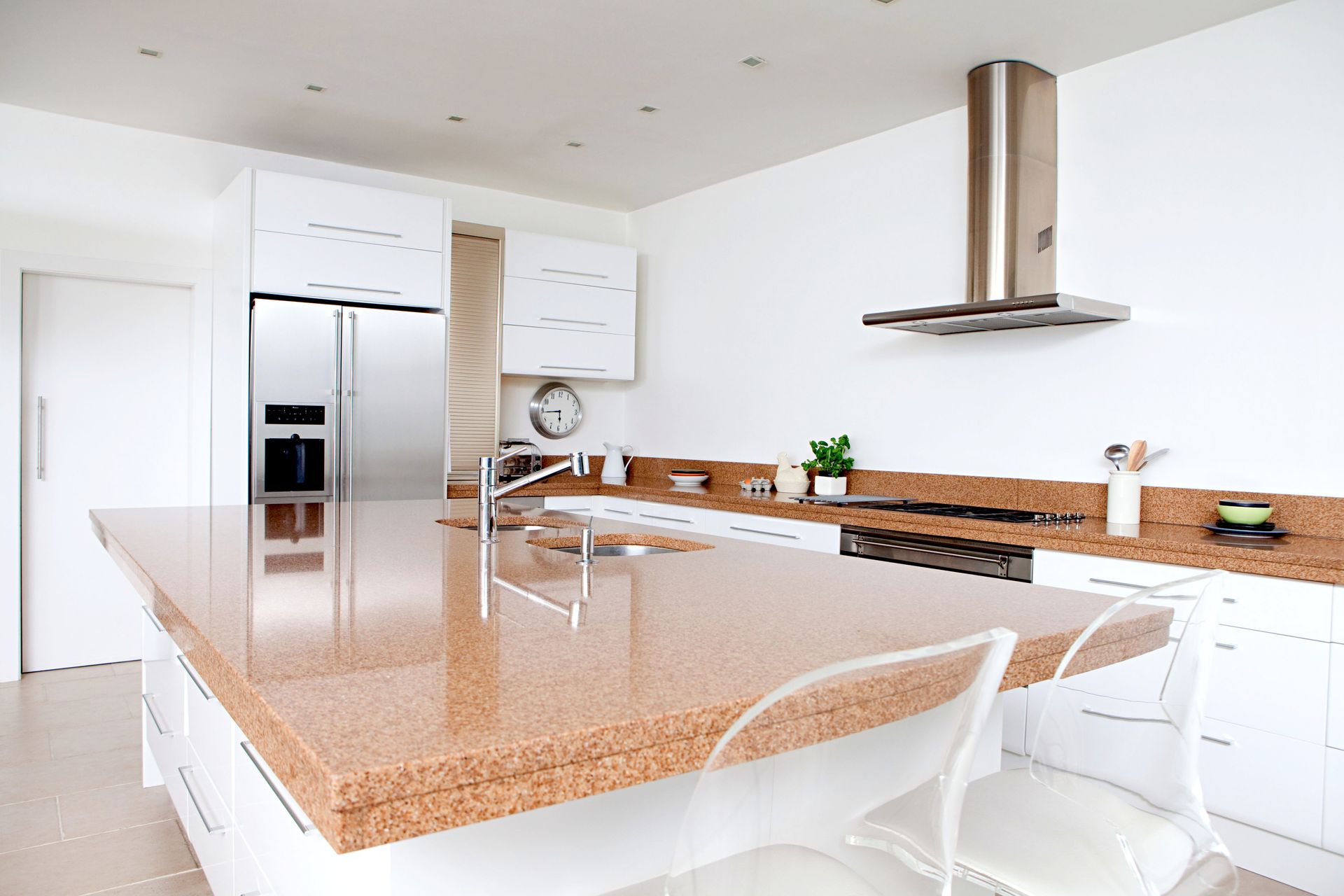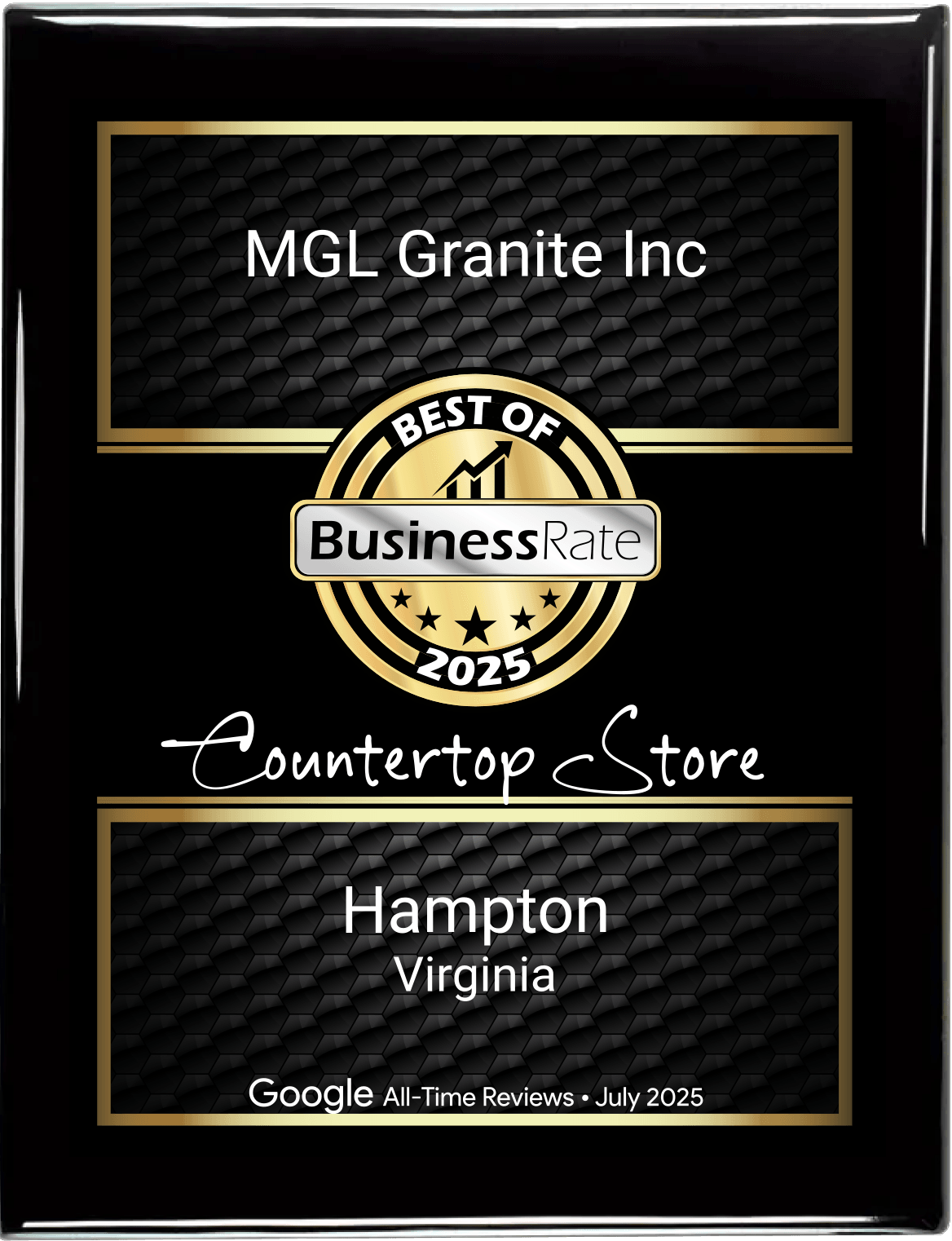The Formation of Granite
April 9, 2025
The Natural Process Behind Granite: How It is Formed and What Makes It Special

Granite is one of the most popular natural stones used for countertops, flooring, and other architectural features. Its striking beauty, remarkable durability, and timeless appeal make it a top choice for both residential and commercial spaces. But have you ever wondered how this stunning stone is formed deep within the Earth? In this blog post, we’ll explore the natural process that creates granite, from its formation to the unique characteristics that make it so special.
What is Granite?
Granite is an igneous rock, which means it forms from the cooling and solidification of molten rock, or magma, beneath the Earth's surface. As magma rises from the Earth’s core, it cools and hardens, forming a wide variety of igneous rocks—granite being one of the most common and sought after.
Granite is primarily composed of quartz, feldspar, and mica, which give it its characteristic speckled appearance. The specific minerals in granite determine its color and pattern, creating shades that range from deep reds, pinks, and blacks to creamy whites and beige tones. Each granite slab is unique, making it a popular choice for anyone looking for a one-of-a-kind natural surface.
The Natural Process That Creates Granite
The formation of granite takes millions of years and occurs deep beneath the Earth's surface. Here’s a breakdown of the natural process that forms this beautiful stone:
1. Magma Cooling and Crystallization
Granite begins its journey as magma, a molten rock formed by intense heat beneath the Earth’s crust. As the magma rises toward the surface, it begins to cool and solidify over thousands or even millions of years. The rate at which the magma cools plays a crucial role in the final texture and composition of the granite. When magma cools slowly, large crystals are able to form, giving granite its characteristic coarse-grained texture.
The minerals within the magma—primarily quartz, feldspar, and mica—begin to crystallize as the magma cools. Quartz, which is generally clear or milky in appearance, provides granite with its hardness. Feldspar contributes to the stone’s pink, red, or white hues, while mica adds a shiny, reflective quality with its metallic flakes. The resulting mixture of these minerals gives granite its signature speckled appearance, which can vary greatly depending on the mineral composition and the cooling conditions.
2. Pressure and Heat Over Time
As granite forms, it is subjected to immense pressure and heat from the surrounding rock layers. This causes the minerals within the magma to bond tightly together, creating a dense, durable stone. The pressure and heat also help the crystals to grow larger, contributing to the stone's strength.
Granite is usually buried deep beneath the Earth’s surface during its formation. Over time, however, natural processes such as tectonic plate movements and erosion bring the granite closer to the surface, making it accessible for extraction. Once exposed, the granite is ready to be quarried and used in various applications.
3. Erosion and Exposure
Over millions of years, the processes of erosion and tectonic shifts can gradually wear down the layers of rock above granite deposits, bringing the stone closer to the Earth’s surface. The granite veins and outcroppings that emerge above ground are the remnants of these ancient geological processes. These exposed granite formations can be found in mountainous regions, cliffs, and other natural landscapes, where they often create dramatic, rugged terrain.
What Makes Granite Special?
Granite’s formation process, combined with the minerals it contains, gives it some unique characteristics that make it a highly desirable material. Here’s what makes granite so special:
1. Durability
Granite is incredibly durable. It is one of the hardest natural stones, making it resistant to scratches, chips, and damage from heat (with improper maintenance and care, it can still be scratched, chipped, and stained though). The dense structure formed during its long cooling and crystallization process helps ensure that granite stands up to the rigors of daily use, whether in a kitchen, bathroom, or on exterior surfaces.
2. Aesthetic Appeal
The natural color variations in granite make it a visually striking material. From rich reds and blues to deep browns, blacks, and soft whites, granite slabs come in an array of hues that complement various design styles. The intricate, speckled patterns and veining are part of the unique fingerprint of each slab, ensuring that no two pieces of granite are ever exactly the same.
3. Heat and Stain Resistance
Granite’s high mineral content gives it excellent resistance to heat and staining. Unlike other natural stones, granite won’t absorb liquids easily, making it an ideal choice for kitchen countertops where spills and hot cookware are common. With proper sealing and care, granite remains resistant to common stains like oil, wine, and coffee, which can sometimes damage more porous stones.
4. Longevity
Granite is incredibly long-lasting. Because it is so durable and resistant to damage, granite surfaces can last a lifetime when properly maintained. Its natural beauty also doesn’t fade with time, meaning that your granite countertops, flooring, or outdoor surfaces will remain visually appealing for many years.
5. Environmental Sustainability
Granite is a natural stone that is quarried directly from the earth, and when sourced responsibly, it is considered an eco-friendly material. Granite is abundant, and unlike some synthetic materials, it doesn’t require large amounts of energy to produce. Additionally, granite’s durability means that it won’t need to be replaced as often as other materials, making it a long-term investment for your home or building project.
Final Thoughts
Granite’s formation is a fascinating natural process that involves millions of years of geological forces, including magma cooling, mineral crystallization, and immense pressure. This stone’s durability, beauty, and uniqueness are the result of these long geological processes, making granite a valuable material for a wide range of applications.
Whether you’re using granite for countertops, flooring, or even exterior features, the natural process behind its creation ensures that each piece is as resilient as it is beautiful. With its distinctive patterns, rich colors, and enduring quality, granite remains a top choice for homeowners and designers looking for a timeless, natural material that will stand the test of time.


Granite is one of the most popular choices for kitchen and bathroom countertops—and for good reason. It's durable, beautiful, and timeless. But like any natural stone, granite needs a little care to keep it looking its best. One of the most important steps in maintaining granite countertops is sealing them. In this post, we’ll walk you through the basics of sealing granite, why it’s so important (especially for countertops that get regular use), and how MGL Granite can help. Why Does Granite Need to Be Sealed? Granite is a natural stone with a porous surface. That means that if it's left unsealed, liquids like water, oil, wine, or juice can seep into the stone, causing stains or even long-term damage. Bacteria can also find their way into those tiny pores, which isn’t something you want on your food prep surfaces. Sealing your granite countertops helps create a protective barrier that: Repels moisture and spills Prevents staining Makes cleaning easier Extends the life and beauty of your countertops How Often Should You Seal Granite? It depends on the type of granite, how much use your countertops get, and the type of sealer used. Some granite varieties are denser and require sealing less often, while others are more porous and need more frequent attention. As a general rule: Seal high-use kitchen countertops once a year. For less frequently used areas (like guest bathrooms), every 2–3 years may be enough. Pro Tip: Not sure if it's time to reseal? Drip a few drops of water on the surface. If it beads up, you're good. If the water soaks in, it's time to reseal. How to Seal Granite Countertops: Step-by-Step 1. Clean the Surface Thoroughly: Wipe down your granite with a gentle stone cleaner or warm soapy water. Remove all residue and let it dry completely before sealing. 2. Choose the Right Sealer: Use a granite-specific penetrating (or impregnating) sealer that soaks into the stone to provide long-lasting protection. 3. Apply the Sealer: Follow the instructions on the label. Typically, you'll a pply the sealer evenly with a clean cloth or applicator pad. Let it absorb for about 15–20 minutes. Wipe off any excess with a clean, dry cloth 4. Let It Cure: Most sealers cure within 24 hours. During this time, avoid using the surface or getting it wet. Want a Professional to Handle It? We've Got You Covered! At MGL Granite, we don’t just install granite—we help you maintain it. We offer professional granite sealing services, so you don’t have to worry about the mess or guesswork. Whether you need sealing for a newly installed countertop or want to refresh an older surface, we’re here to help. Keep Your Granite Looking Great for Years Sealing your granite countertops is a simple step that goes a long way in protecting your investment. With regular maintenance—or a visit from our team—you can enjoy the beauty and durability of your countertops for decades to come. Contact us today to schedule your sealing service or ask about the best care plan for your countertops!




Share On: